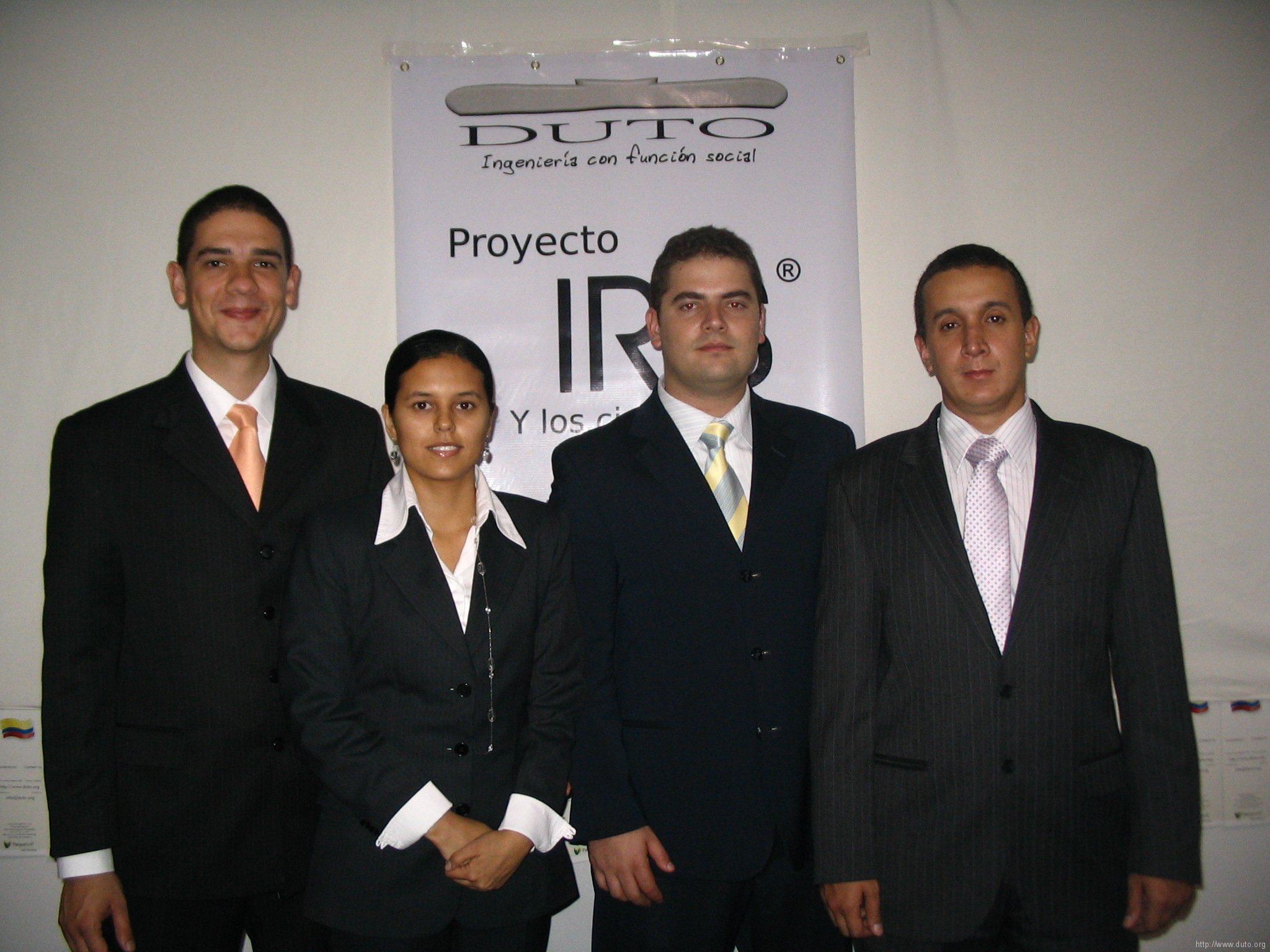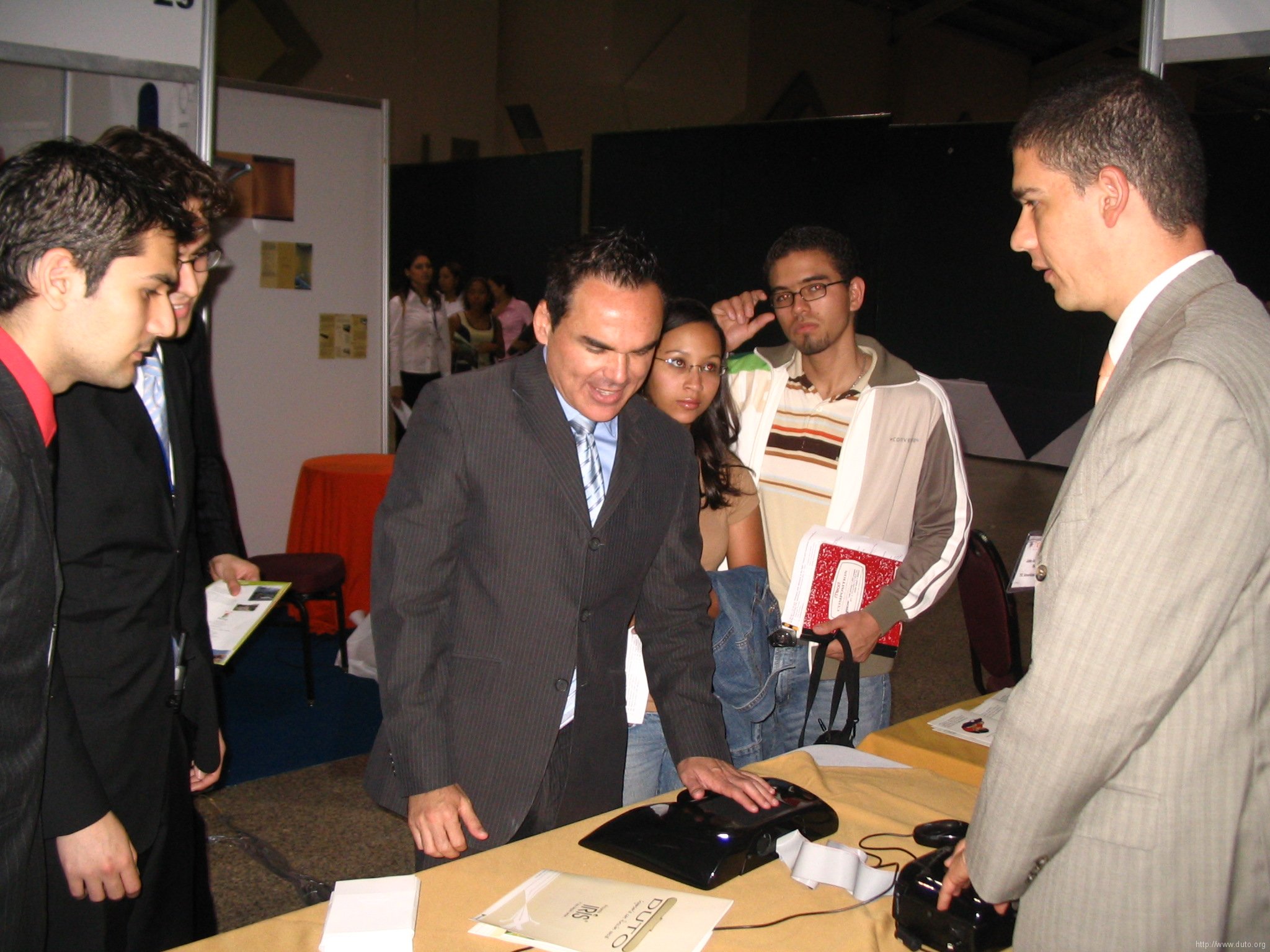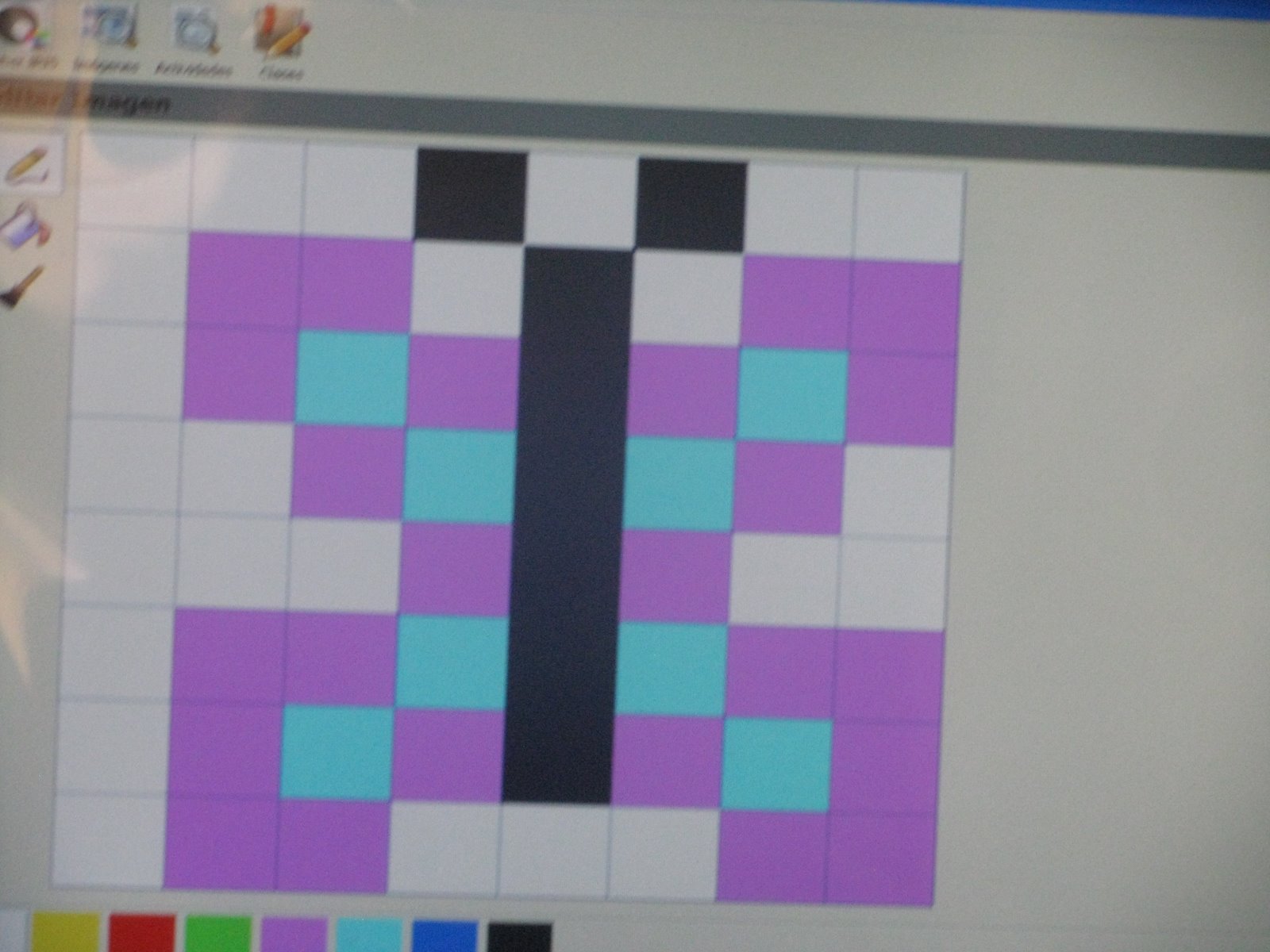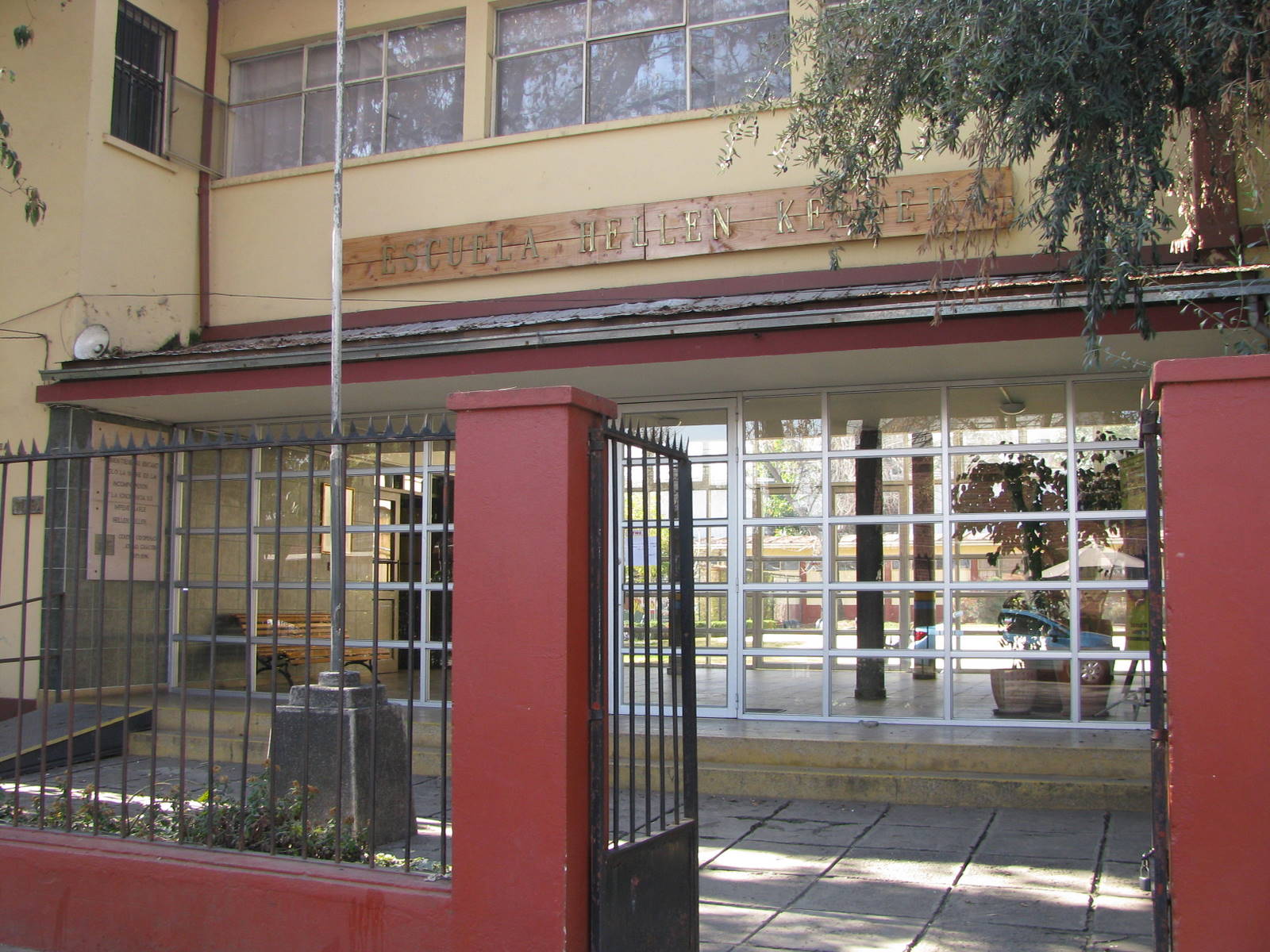IRIS® as a teaching tool

Monica Romis consultant evaluator IRIS
Conclusions and Recommendations of Evaluation of the project IRIS in Colombia
In conclusion, the implementation of IRIS in the Institute for Blind Children Foundation Juan Antonio Pardo Ospina was successful. Visually impaired students from pre-school to fifth grade were able to learn and distinguish colors. They also learned mathematical and geometrical concepts, such as numbering, lines, images, and shapes. These elements were useful in their learning process of other academic subjects as well such as writing and reading in Braille, Spanish, English, and natural sciences. Also, getting exposed to the concept of colors enriched their everyday life, as they were able to associate colors to real life objects. Learning geometric and mathematical concepts was also useful for their mobility skills and orientation, as they apply those concepts to their movements (straight line, diagonal, etc.). Finally, the work with IRIS increased their motivation in school, their ability to concentrate, and their communicational skills. These attitudinal changes were witnessed both in school by their teachers and at home by their families. All in all, these results go beyond what was the initial idea beneath IRIS and uncover the potential that the device may have in multiple teaching activities.
At the same time, schoolteachers have showed high interest for IRIS. They saw the concrete results on their students and they see it as a valuable complement of their teaching strategy. They often say that one of the main challenges to teach visually impaired children is the ability to convey abstract concepts and to make them the most concrete possible so that they can almost “see” them. In the opinion of all teachers IRIS greatly helps with this: it is an easy and effective way to represent things that the children can feel with their hands, including colors. They all agreed that every school for visually impaired children should have the device and use it in the regular classrooms, just like computers with Jaws (the writing software for visually impaired people).
This evaluation has showed the positive results of the implementation of IRIS in Institute for Blind Children Foundation Juan Antonio Pardo Ospina. These results were also possible thanks to the diligence and care of the company DUTO in the organization and implementation of the project. An educational specialist was contracted in order to supervise the process with her daily presence in the institute, and 12 social service students were selected to give the IRIS classes to the students. In addition, DUTO general manager spent several weeks at the school as well, taking care of many logistical details. In order to maintain and increase the results achieved so far and to give sustainability to the initiative, the institute needs to invest time and resources. The ideal solution would be to hire an educational specialist responsible for IRIS and to keep recruiting new social service students from the nearby schools. At the moment of the final evaluation the school did not have the resources to hire a special person in charge of IRIS, and identified one of the teachers as the responsible and coordinator of all activities related to IRIS. The selected teacher indeed had showed motivation and interest in IRIS, and it seems a reasonable choice. However, it is worth noting that teachers at this school are overwhelmed with a number of teaching and administrative tasks, and there is a risk that the teacher will not have enough time to dedicate to IRIS. It will be a duty of the administration of the school to put the teacher in the conditions to be a reliable coordinator for IRIS and to make sure that the device is used in the classroom.
Another problem associated with this choice, and in general with teachers at this institute, is the high turnover among teachers. The contractual conditions of the institute are not among the best in the country and teachers take the opportunity to leave when they find a better job option. Because of the timing of these changes, they did not affect the implementation of IRIS yet, since two teachers left at the beginning and one at the end. However, looking at a larger period this situation could definitely be a risk for the continuity of the use of IRIS in the school, because every year new teachers need to be trained and motivated to use the device in their teaching. Again, it is responsibility of the administration of the institute to make sure that each year a new training with IRIS is given to all teachers and arrangements are made for its use in the classroom.
For more information visit:
www.iadb.org
www.bidinnovacion.org
www.institutoparaninosciegos.org
www.duto.org/proyectos/iris_en_colombia/


























